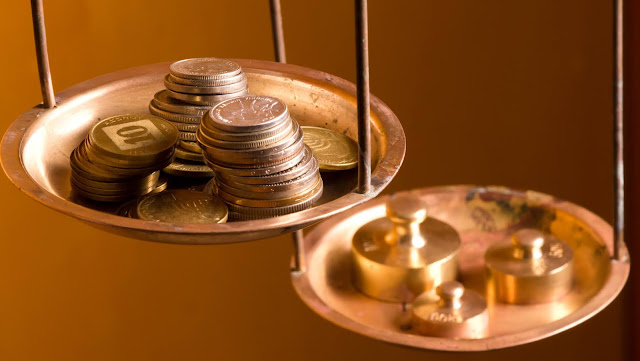Copper prices: prophecies or predictions?
Attempting to analyse the analysts.
It doesn’t take a rocket scientist – or in this case, mining industry analysts – to work out that copper is going to play an important part in all our futures and in particular in the development of low carbon economies. Copper is essential for most things electrical and its in high demand for everything from electric vehicles to wind turbines and managing geothermal energy. Pretty much anything which creates, stores or distributes electricity requires copper.
The price of doom and gloom
Stable prices require an approximate balance of supply and demand. Where supply fails to meet demand, prices go up. Where there is too much supply, prices fall until there is parity.
Given the rapid growth of electric vehicle production, especially in China, and the inexorable move to EVs in Europe and the US, plus increasing demand for wind turbines globally, demand for copper is already on the up.
Copper used for other purposes such as roofing and piping, even domestic wiring, is going to be faced with stiff competition. Instinctively, it seems logical that prices for copper will rise and perhaps it looks like there is little to be done except grin and bear it.
But, being careful not bury our heads in the sand, perhaps it is not quite that simple.
“Copper is the new Oil”
A recent report of this title from investment bank Goldman Sachs predicts copper prices on commodity markets to reach $15,000 per metric tonne by 2025. This figure is, naturally, an approximation. However, when compared with prices in late April 2021 (approaching $10,000) it is the size of increase which is the key factor.
Trends in demand are clear and supply is potentially limited. In particular, new mines are expensive and slow to set up, and even the extension of existing mines can take years rather than months to pass regulatory scrutiny. Match this picture with copper as a lynch pin in the changing world economy, and the comparison with oil may seem fair.
Many commentators have picked up on this and, unsurprisingly, some are scaremongering. Doing so, however, misses the finer details of the comparison.
Resources and Resourcefulness
One of the first things to note is that current fluctuations in global copper prices may not be completely representative. As the pandemic sweeps backwards and forwards around the world, some copper producers find supply chains interrupted by border closures – most recently with Chile, for example.
Additionally, there is still plenty of opportunity to increase copper re-cycling. This is unlikely on its own to match growth in demand, (most copper wire to carry electricity still needs to be made from the purest new metal) but it could go some considerable way to supplying copper for non-electrical use. The advantage of recycling copper is also that it can also be done nationally or regionally, where supply can be adjusted most quickly.
Finally, there is the direct comparison with oil itself. At times of high demand and insufficient supply, oil prices increase. When this happens it becomes economically viable to exploit reserves which were previously too expensive to access. Thus supply and demand balance out again. Translating this to copper, it probably means developing existing mines further, re-processing in-production waste to extract more of the metal, recycling more and eventually opening brand new production fields. In short, supply and demand will balance out.
How long is a piece of copper wire?
The big question, therefore, is not whether there will be enough copper (there will), but whether there will be enough copper soon enough. One argument for increased prices is that they will help pay for the development of new supply. Some argue that the mining industry is more risk averse than the oil industry, and that it may not be ready to scale up production as quickly as is thought necessary.
On the other hand, and while nothing can be certain, it seems fair to say that where there is demand and opportunity, resourcefulness will kick in to meet the challenge.
Will it do so in time? It’s unhelpful to speculate. In terms of domestic UK supply and demand, we may face increasing prices, but most probably gradually so. That may be unavoidable – after all, the green revolution was never going to be free.
--
Advanced Alloys Ltd is a specialist supplier of products made from the highest quality alloys of copper, brass, bronze and zinc. They have an exhaustive range of products suitable for all industries. Alloys can be delivered in wire, tube, sheet or bar form, and cut, bent or manipulated as required. An experienced logistics team makes sure that products reach their destination in perfect condition as swiftly as possible.
Telephone: 023 8061 8891 Email: sales@advancedalloysltd.co.uk


Comments
Post a Comment